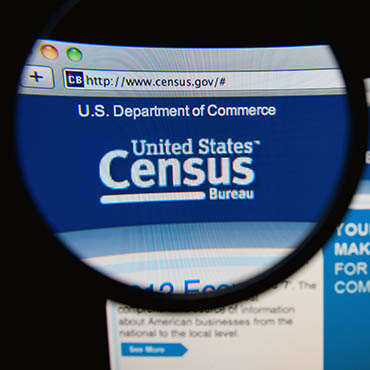Build or buy? Critical Census IT decisions loom in 2016

The coming year is full of critical milestones as the Census Bureau prepares for 2020, but fundamental strategy questions remain unanswered.

The Census Bureau is in a race against time. With 2020 looming ever nearer, 2016 is chock full of important deadlines as officials weigh important build-or-buy IT decisions.
"2016 is going to be a significant step for them," said Carol Cha, director of IT acquisition management issues at the Government Accountability Office.
In January, Census officials are due to decide whether Internet self-responders -- a crucial part of the bureau's plan to save $5 billion -- will have a mobile application option, according to the Census 2020 Operational Plan released in late 2015.
Officials must also consider whether enumerators will be provided with mobile devices or allowed to bring their own. An initial decision is due in September 2016, but the mobile device plan won't be finalized until October 2017.
Multiple milestones are pegged to June 2016, when the bureau's plan calls for the award of the Census Questionnaire Assistance contract, which will cover handling respondents' online problems. Officials will also analyze sourcing options and make decisions on cloud computing and IT infrastructure needs.
The Internet Partnership and Communications contract -- which covers social media advertising, text and email outreach, and the placement of Internet-response kiosks in public places -- is due to be awarded in August. And in September, the agency aims to finalize operational plans addressing security and privacy, Internet self-responses and IT infrastructure.
Finally, by December 2016, the bureau should be awarding the Field IT Infrastructure contract.
Getting it all done is a tall order, but even that schedule might not be aggressive enough.
"The most important thing the bureau can do for 2016 is accelerating those build-or-buy decisions," Cha said, citing the Census Enterprise Data Collection and Processing initiative as a particularly weak link.
That 14-part endeavor seeks to centralize IT functions for all the bureau's surveys, including the decennial census. Officials are due to decide on their approach in June 2016, and a solutions architecture decision in September will impact the 2020 count, but Cha said that's not soon enough.
"When you're up against an immutable deadline, you have a very slim margin of error," she warned, saying that foundational build-or-buy decisions must be made as soon as possible so the complete 2020 IT package can be in place for testing.
As plans stand now, Cha noted, key IT tools would not yet be online when end-to-end testing starts in 2017.
The lack of decisions also speaks to a larger question of how Census plans to work with the private sector. Lockheed Martin took the technological reins of the 2010 census, but Cha said it was unclear whether or how the bureau intended to use contractors in 2020.
Bureau officials did not respond to requests for comment.
"It's time to pivot away from research and testing," Cha said. "Don't let perfect be the enemy of good."
She added that the bureau will also need to fill significant gaps in IT leadership in 2016, including hiring a full-time CIO. Former CIO Brian McGrath moved to the Justice Department at the end of July.





